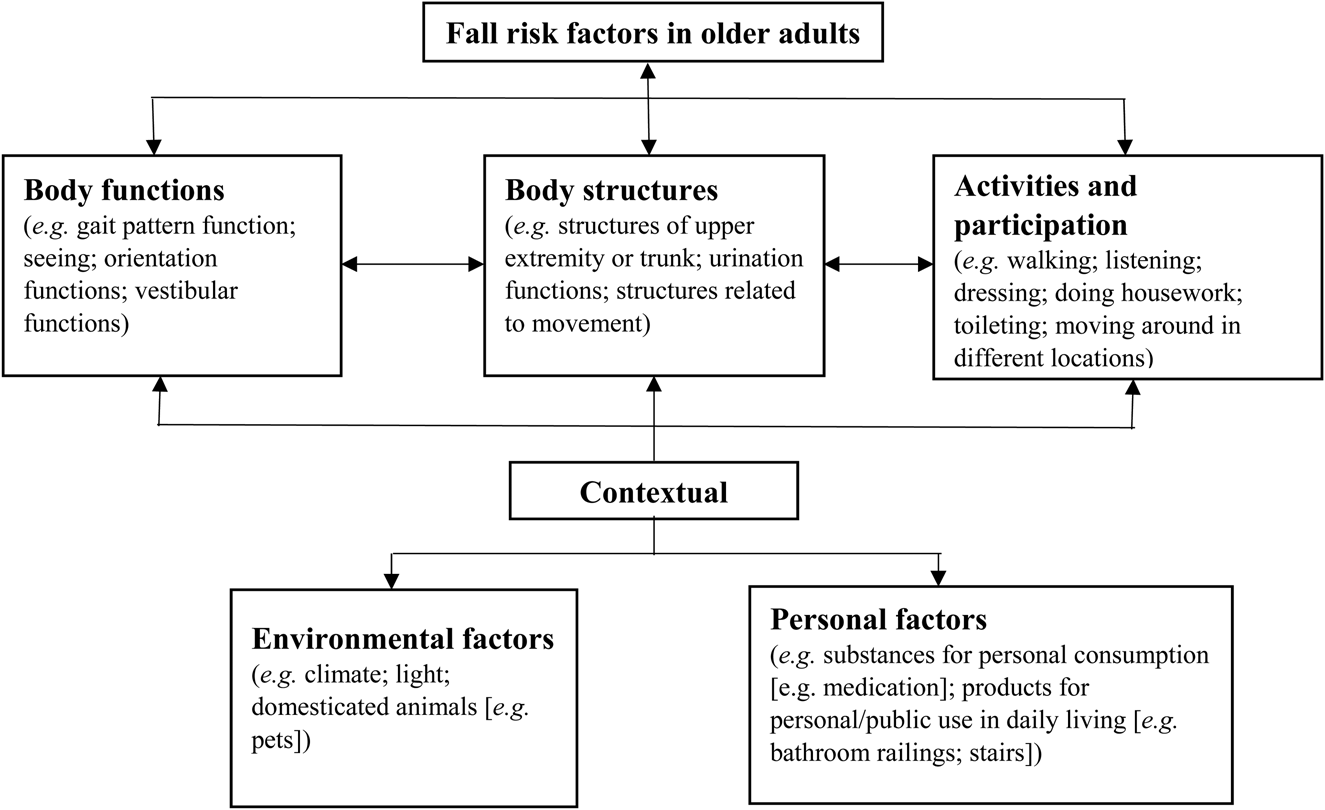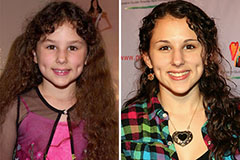The Main Principles Of Dementia Fall Risk
Table of ContentsFascination About Dementia Fall RiskThe 5-Second Trick For Dementia Fall RiskWhat Does Dementia Fall Risk Mean?The Best Strategy To Use For Dementia Fall Risk
A fall threat analysis checks to see how likely it is that you will certainly fall. The evaluation typically includes: This includes a series of questions regarding your total health and wellness and if you've had previous drops or issues with balance, standing, and/or walking.STEADI consists of screening, analyzing, and intervention. Treatments are referrals that may decrease your risk of dropping. STEADI includes three steps: you for your risk of falling for your risk factors that can be enhanced to attempt to avoid falls (as an example, balance troubles, damaged vision) to lower your threat of dropping by utilizing effective techniques (for instance, providing education and sources), you may be asked several inquiries including: Have you dropped in the past year? Do you feel unsteady when standing or walking? Are you fretted concerning falling?, your supplier will certainly check your strength, equilibrium, and gait, making use of the complying with loss analysis tools: This test checks your gait.
You'll sit down again. Your company will examine the length of time it takes you to do this. If it takes you 12 seconds or even more, it might suggest you go to greater risk for a fall. This test checks strength and balance. You'll rest in a chair with your arms crossed over your chest.
The placements will obtain more challenging as you go. Stand with your feet side-by-side. Relocate one foot halfway forward, so the instep is touching the large toe of your various other foot. Move one foot completely in front of the other, so the toes are touching the heel of your other foot.
A Biased View of Dementia Fall Risk
Most drops happen as an outcome of multiple contributing aspects; for that reason, managing the risk of falling starts with recognizing the aspects that add to fall danger - Dementia Fall Risk. A few of one of the most appropriate risk aspects include: Background of previous fallsChronic clinical conditionsAcute illnessImpaired stride and balance, lower extremity weaknessCognitive impairmentChanges in visionCertain high-risk medicines and polypharmacyEnvironmental factors can likewise raise the threat for drops, consisting of: Inadequate lightingUneven or damaged flooringWet or unsafe floorsMissing or damaged hand rails and get barsDamaged or poorly equipped devices, such as beds, mobility devices, or walkersImproper use of assistive devicesInadequate guidance of the people residing in the NF, including those that display hostile behaviorsA successful fall risk management program requires an extensive professional analysis, with input from all participants of the interdisciplinary group

The care strategy must likewise consist of interventions that are system-based, such as those that advertise a secure setting (appropriate lights, handrails, grab bars, and so on). The efficiency of the treatments ought to be evaluated occasionally, and the care plan revised as required to show modifications in the autumn risk evaluation. Applying a loss danger monitoring system utilizing evidence-based best method can lower the frequency of falls in the NF, while restricting the potential for fall-related injuries.
The 9-Minute Rule for Dementia Fall Risk
The AGS/BGS standard recommends screening all grownups aged 65 years and older for autumn site here risk every year. This testing contains asking individuals whether they have actually fallen 2 or more times in the past year or sought medical interest for a loss, or, if they have not fallen, whether they feel unsteady when walking.
Individuals who have dropped when without injury ought to have their balance and gait examined; those with stride or equilibrium abnormalities ought to obtain additional analysis. A background of 1 autumn without injury and without gait or equilibrium troubles does not call for further evaluation past ongoing annual fall danger testing. Dementia Fall Risk. An autumn threat evaluation is needed as part of the Welcome to Medicare assessment

More About Dementia Fall Risk
Documenting a drops history is one of the quality signs for autumn avoidance and management. copyright drugs in certain are independent predictors of falls.
Postural hypotension can often be minimized by minimizing the dose of blood pressurelowering medicines and/or quiting drugs that have orthostatic hypotension as an adverse effects. Use above-the-knee support hose and copulating the head of the bed raised may additionally minimize postural decreases in high blood pressure. The advisable aspects of a fall-focused checkup are revealed in Box 1.

A TUG time higher than or equal to 12 secs suggests high fall danger. The 30-Second Chair Stand test examines lower extremity strength and equilibrium. Being incapable to stand up from a chair of knee height without utilizing one's arms indicates enhanced fall danger. The 4-Stage Balance test assesses static equilibrium by having the client stand in 4 positions, each considerably more challenging.
 Hallie Eisenberg Then & Now!
Hallie Eisenberg Then & Now! Keshia Knight Pulliam Then & Now!
Keshia Knight Pulliam Then & Now! Susan Dey Then & Now!
Susan Dey Then & Now! Atticus Shaffer Then & Now!
Atticus Shaffer Then & Now! Megyn Kelly Then & Now!
Megyn Kelly Then & Now!